Thiago Castro Ferreira
Bel Esprit: Multi-Agent Framework for Building AI Model Pipelines
Dec 19, 2024Abstract:As the demand for artificial intelligence (AI) grows to address complex real-world tasks, single models are often insufficient, requiring the integration of multiple models into pipelines. This paper introduces Bel Esprit, a conversational agent designed to construct AI model pipelines based on user-defined requirements. Bel Esprit employs a multi-agent framework where subagents collaborate to clarify requirements, build, validate, and populate pipelines with appropriate models. We demonstrate the effectiveness of this framework in generating pipelines from ambiguous user queries, using both human-curated and synthetic data. A detailed error analysis highlights ongoing challenges in pipeline construction. Bel Esprit is available for a free trial at https://belesprit.aixplain.com.
A Systematic Review of Data-to-Text NLG
Feb 27, 2024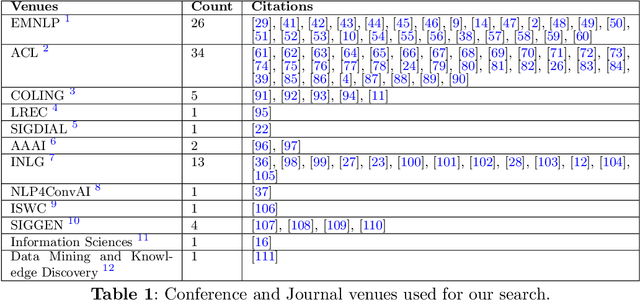
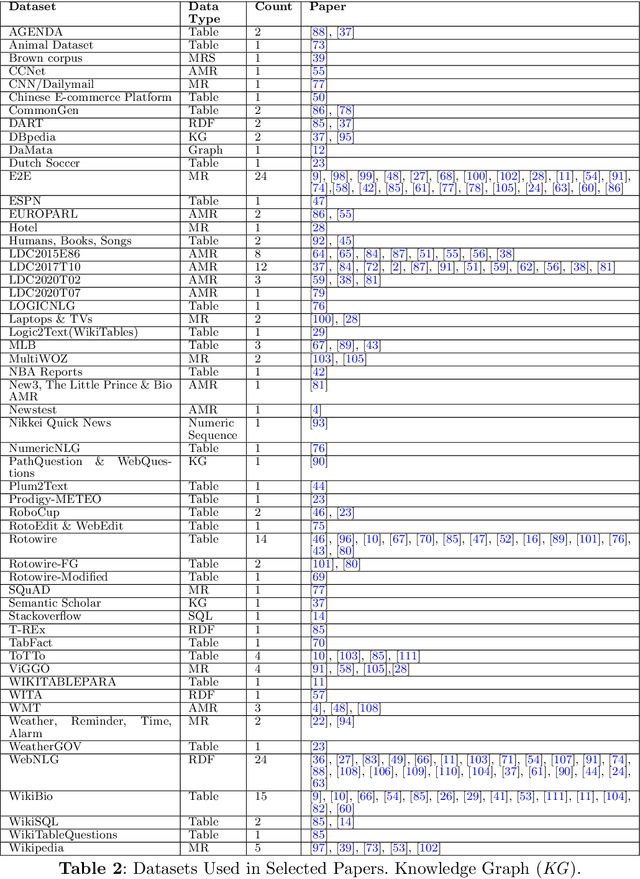
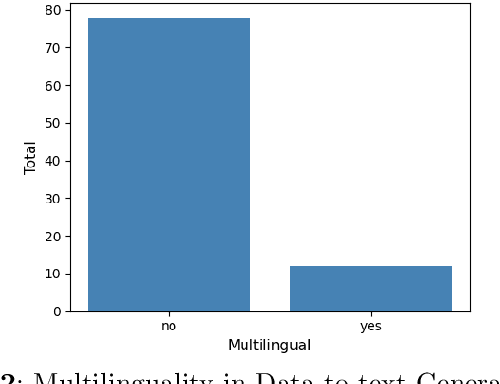
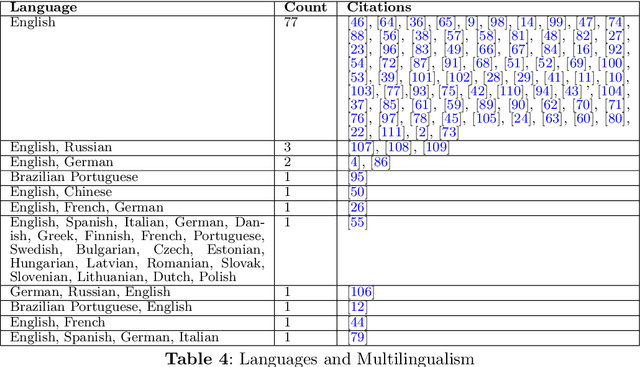
Abstract:This systematic review undertakes a comprehensive analysis of current research on data-to-text generation, identifying gaps, challenges, and future directions within the field. Relevant literature in this field on datasets, evaluation metrics, application areas, multilingualism, language models, and hallucination mitigation methods is reviewed. Various methods for producing high-quality text are explored, addressing the challenge of hallucinations in data-to-text generation. These methods include re-ranking, traditional and neural pipeline architecture, planning architectures, data cleaning, controlled generation, and modification of models and training techniques. Their effectiveness and limitations are assessed, highlighting the need for universally applicable strategies to mitigate hallucinations. The review also examines the usage, popularity, and impact of datasets, alongside evaluation metrics, with an emphasis on both automatic and human assessment. Additionally, the evolution of data-to-text models, particularly the widespread adoption of transformer models, is discussed. Despite advancements in text quality, the review emphasizes the importance of research in low-resourced languages and the engineering of datasets in these languages to promote inclusivity. Finally, several application domains of data-to-text are highlighted, emphasizing their relevance in such domains. Overall, this review serves as a guiding framework for fostering innovation and advancing data-to-text generation.
Word-Level ASR Quality Estimation for Efficient Corpus Sampling and Post-Editing through Analyzing Attentions of a Reference-Free Metric
Feb 02, 2024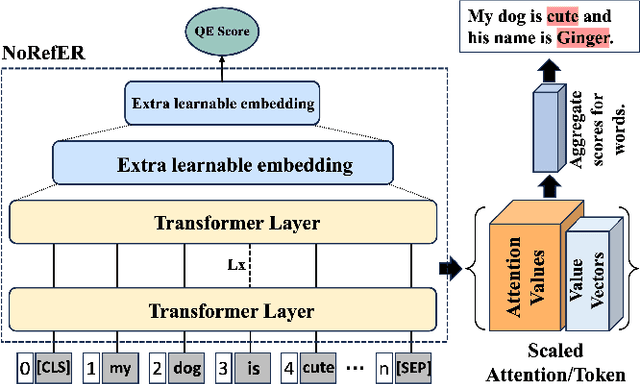

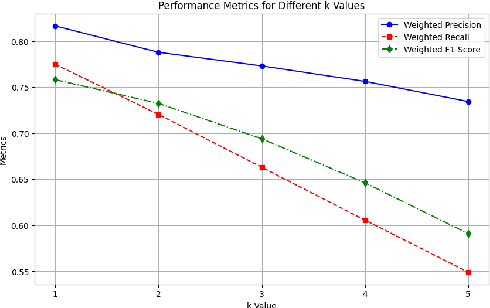
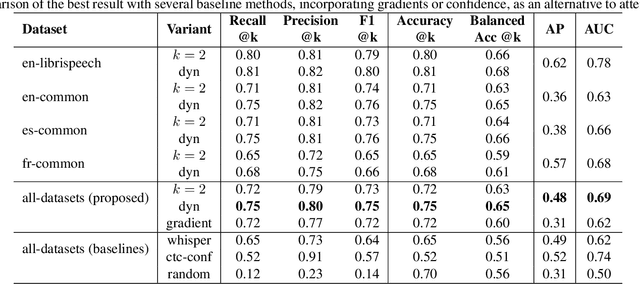
Abstract:In the realm of automatic speech recognition (ASR), the quest for models that not only perform with high accuracy but also offer transparency in their decision-making processes is crucial. The potential of quality estimation (QE) metrics is introduced and evaluated as a novel tool to enhance explainable artificial intelligence (XAI) in ASR systems. Through experiments and analyses, the capabilities of the NoRefER (No Reference Error Rate) metric are explored in identifying word-level errors to aid post-editors in refining ASR hypotheses. The investigation also extends to the utility of NoRefER in the corpus-building process, demonstrating its effectiveness in augmenting datasets with insightful annotations. The diagnostic aspects of NoRefER are examined, revealing its ability to provide valuable insights into model behaviors and decision patterns. This has proven beneficial for prioritizing hypotheses in post-editing workflows and fine-tuning ASR models. The findings suggest that NoRefER is not merely a tool for error detection but also a comprehensive framework for enhancing ASR systems' transparency, efficiency, and effectiveness. To ensure the reproducibility of the results, all source codes of this study are made publicly available.
Neural Data-to-Text Generation Based on Small Datasets: Comparing the Added Value of Two Semi-Supervised Learning Approaches on Top of a Large Language Model
Jul 14, 2022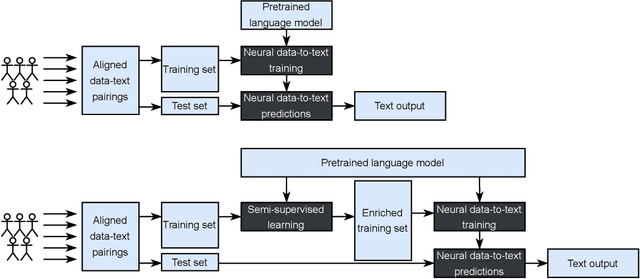
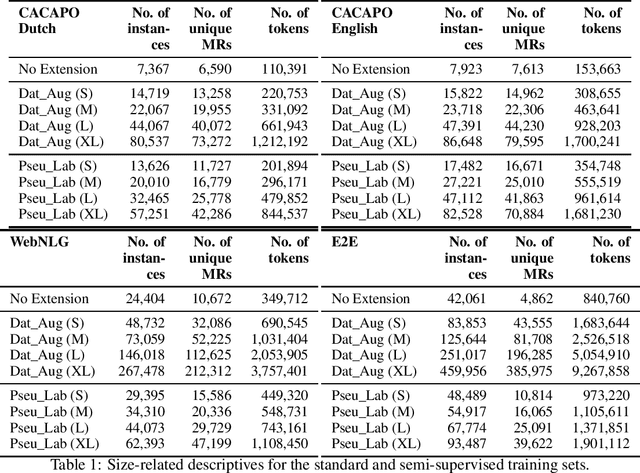
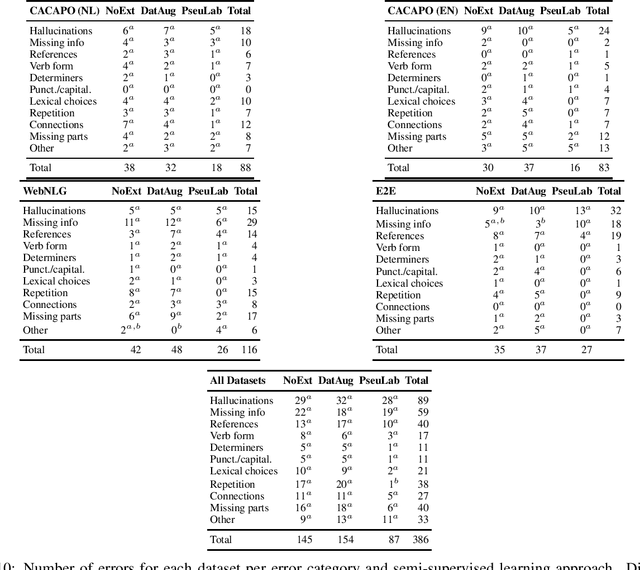
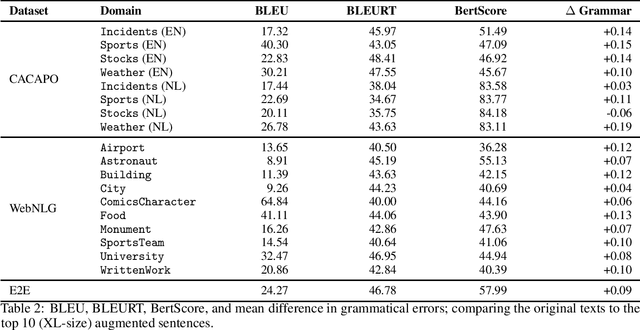
Abstract:This study discusses the effect of semi-supervised learning in combination with pretrained language models for data-to-text generation. It is not known whether semi-supervised learning is still helpful when a large-scale language model is also supplemented. This study aims to answer this question by comparing a data-to-text system only supplemented with a language model, to two data-to-text systems that are additionally enriched by a data augmentation or a pseudo-labeling semi-supervised learning approach. Results show that semi-supervised learning results in higher scores on diversity metrics. In terms of output quality, extending the training set of a data-to-text system with a language model using the pseudo-labeling approach did increase text quality scores, but the data augmentation approach yielded similar scores to the system without training set extension. These results indicate that semi-supervised learning approaches can bolster output quality and diversity, even when a language model is also present.
NABU $\mathrm{-}$ Multilingual Graph-based Neural RDF Verbalizer
Sep 21, 2020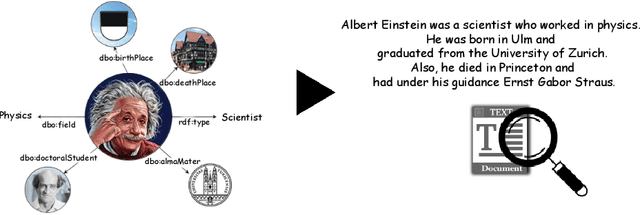
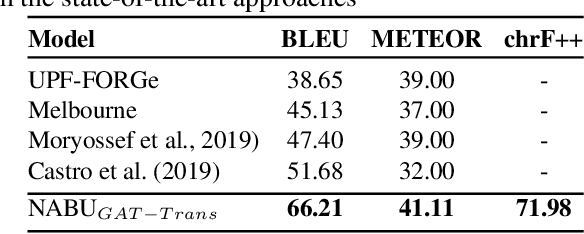
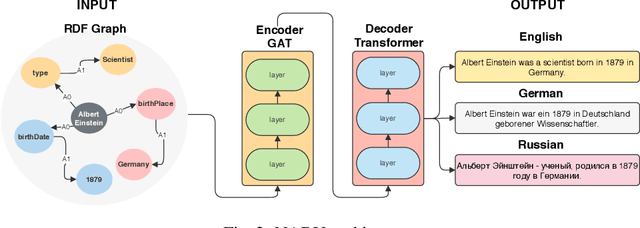
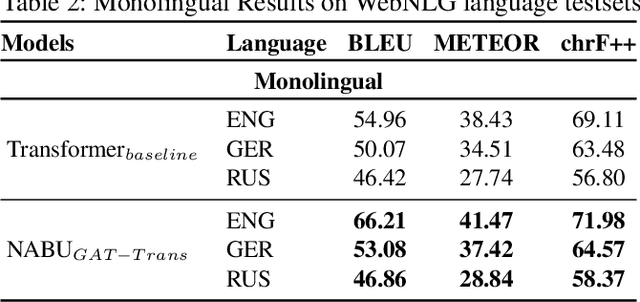
Abstract:The RDF-to-text task has recently gained substantial attention due to continuous growth of Linked Data. In contrast to traditional pipeline models, recent studies have focused on neural models, which are now able to convert a set of RDF triples into text in an end-to-end style with promising results. However, English is the only language widely targeted. We address this research gap by presenting NABU, a multilingual graph-based neural model that verbalizes RDF data to German, Russian, and English. NABU is based on an encoder-decoder architecture, uses an encoder inspired by Graph Attention Networks and a Transformer as decoder. Our approach relies on the fact that knowledge graphs are language-agnostic and they hence can be used to generate multilingual text. We evaluate NABU in monolingual and multilingual settings on standard benchmarking WebNLG datasets. Our results show that NABU outperforms state-of-the-art approaches on English with 66.21 BLEU, and achieves consistent results across all languages on the multilingual scenario with 56.04 BLEU.
Neural data-to-text generation: A comparison between pipeline and end-to-end architectures
Aug 23, 2019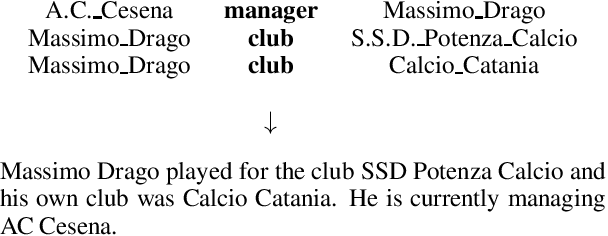
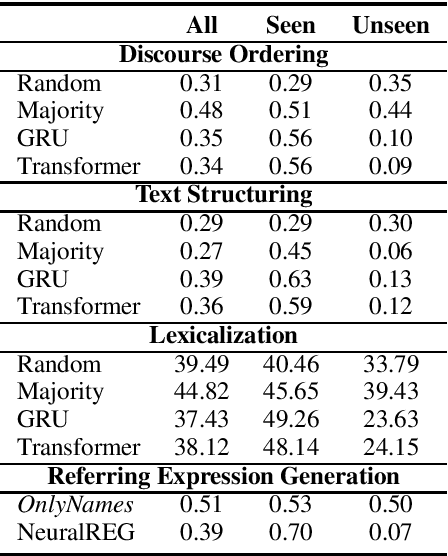
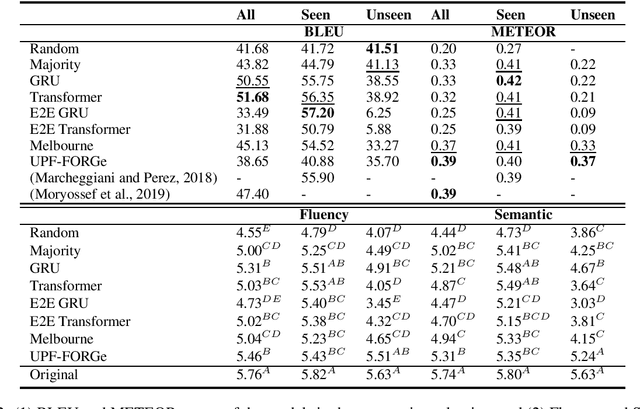
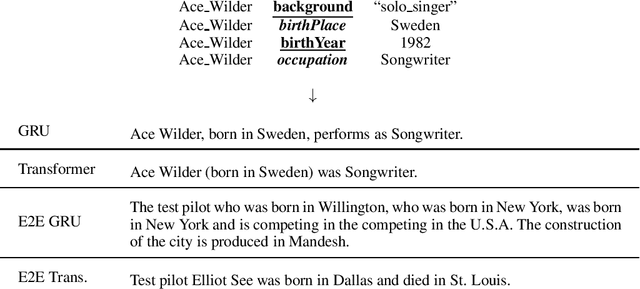
Abstract:Traditionally, most data-to-text applications have been designed using a modular pipeline architecture, in which non-linguistic input data is converted into natural language through several intermediate transformations. In contrast, recent neural models for data-to-text generation have been proposed as end-to-end approaches, where the non-linguistic input is rendered in natural language with much less explicit intermediate representations in-between. This study introduces a systematic comparison between neural pipeline and end-to-end data-to-text approaches for the generation of text from RDF triples. Both architectures were implemented making use of state-of-the art deep learning methods as the encoder-decoder Gated-Recurrent Units (GRU) and Transformer. Automatic and human evaluations together with a qualitative analysis suggest that having explicit intermediate steps in the generation process results in better texts than the ones generated by end-to-end approaches. Moreover, the pipeline models generalize better to unseen inputs. Data and code are publicly available.
NeuralREG: An end-to-end approach to referring expression generation
May 21, 2018

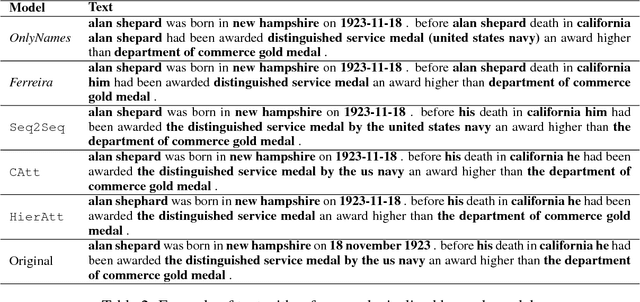
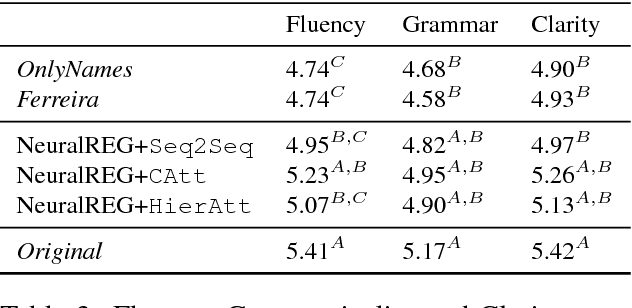
Abstract:Traditionally, Referring Expression Generation (REG) models first decide on the form and then on the content of references to discourse entities in text, typically relying on features such as salience and grammatical function. In this paper, we present a new approach (NeuralREG), relying on deep neural networks, which makes decisions about form and content in one go without explicit feature extraction. Using a delexicalized version of the WebNLG corpus, we show that the neural model substantially improves over two strong baselines. Data and models are publicly available.
RDF2PT: Generating Brazilian Portuguese Texts from RDF Data
Feb 22, 2018
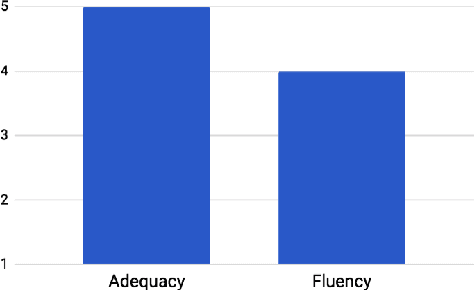

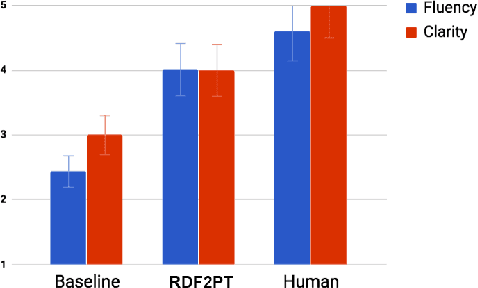
Abstract:The generation of natural language from Resource Description Framework (RDF) data has recently gained significant attention due to the continuous growth of Linked Data. A number of these approaches generate natural language in languages other than English, however, no work has been proposed to generate Brazilian Portuguese texts out of RDF. We address this research gap by presenting RDF2PT, an approach that verbalizes RDF data to Brazilian Portuguese language. We evaluated RDF2PT in an open questionnaire with 44 native speakers divided into experts and non-experts. Our results suggest that RDF2PT is able to generate text which is similar to that generated by humans and can hence be easily understood.
 Add to Chrome
Add to Chrome Add to Firefox
Add to Firefox Add to Edge
Add to Edge